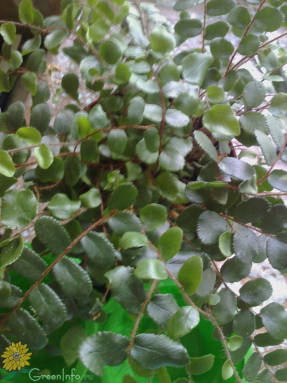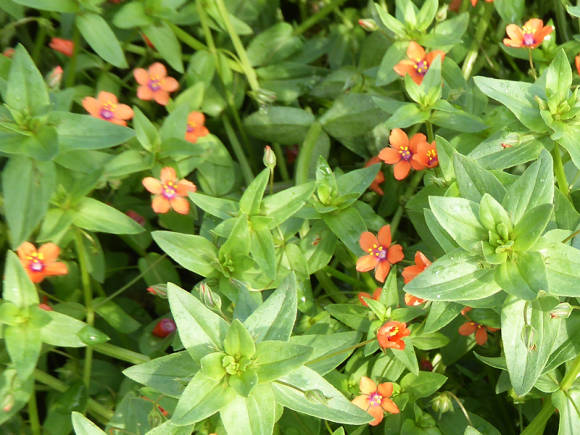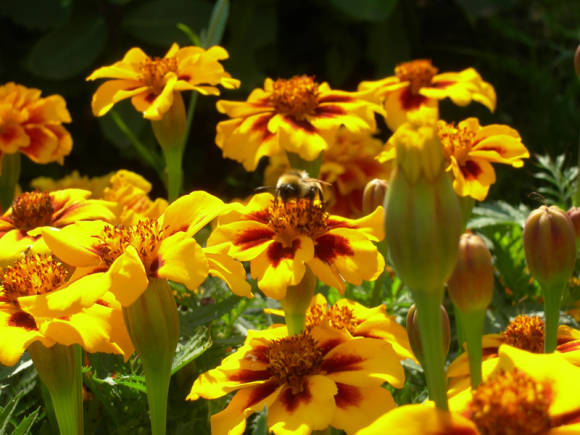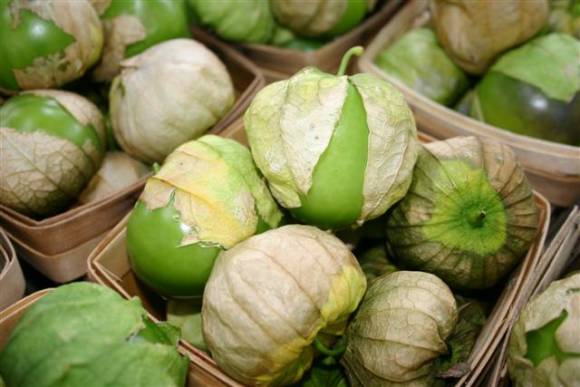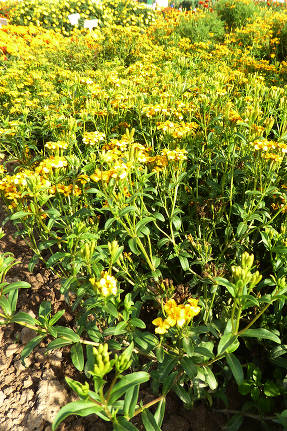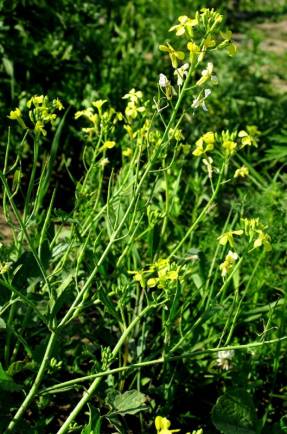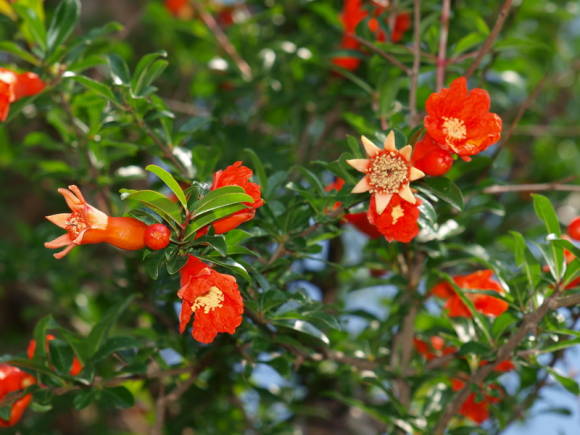New Zealand linen, more precisely - durable formium (Phormium tenax), among many other plants, became famous thanks to the second expedition of James Cook in 1772-75. The Maori tribes who settled in New Zealand in the 13th century called it harakeke.
He most of all plants amazed the British: “Instead of hemp and flax, the inhabitants use a plant superior in its properties to all others used for the same purpose in other countries ... The usual clothing of New Zealanders consists of the leaves of this plant, which almost do not need processing; however, they also make braids, threads and ropes from it, much more durable than those made from hemp, with which they cannot even be compared. From the same plant, processed in a different way, they get fine fibers, shiny as silk, white as snow; from these fibers, which are also extremely durable, they make their finest fabrics. The oversized fishing nets are made from the same leaves; the whole work comes down to the fact that the leaves are cut into strips and tied together. "
 |
In the British Isles, this plant was greeted with unprecedented enthusiasm, in 1865 12162 bales of flax were exported to England from New Zealand, and by 1870 imports rose to 32,820 bales worth 132,578 pounds sterling. These data are cited by J. Verne in his book “The History of Great Travels. Navigators of the 18th century ". In 1871, the plant was introduced to America, where it appeared in the parks of San Francisco.
Imports of raw materials to Europe reached their peak in 1907, when 28 tons of flax were imported (at this time, its production in New Zealand was about 200 tons per year). After that, there was a decline in imports. The fabrics of multiple washes have partially lost their properties. If the Maori excreted fibers by scraping off the leaf covers and then soaking them in water, then the Europeans began to use mechanical devices and the destruction of the soft tissues of the leaf with alkali. The production was deemed not environmentally friendly and closed.
Even at the beginning of the 20th century, Europeans themselves tried to create plantations of plants. Attempts to industrial cultivation of New Zealand flax were made in the USSR, plantations were established in the Soviet era on the Black Sea coast of the Caucasus.
 |
| in the design of the Australian garden at the exhibition in Chelsea |
New Zealand linen completely lost its significance as a textile culture in Europe after World War II, remaining only for decorative use. It can be seen in all European greenhouses, and in countries with a mild climate - and in the open field. In Australia and in some islands of the Pacific Ocean, the plant naturalized and gave rise to the problem of combating its aggressive spread. Nevertheless, in this country, the plant is loved and widely used in design.
Currently, more than 75 varieties of this plant are known, differing in the size and color of the leaves (green, bronze, purple, white-bordered, bicolor or tricolor). Among them there are small ones, up to 1 m and larger, up to 4 m high.
The beginning of the breeding of varieties was laid by the Maori themselves, who selected the specimens of wild plants they liked for various needs, multiplied them and gave them names. Many of these varieties are maintained today in the national collection of New Zealand flax in New Zealand. They differ not only in the height and color of the leaves, but also in their softness and fiber content. Also, many hybrids have been created with the second representative of this genus of plants - formium Colenso (see Formium page).
Plant for the future
New Zealand flax production has not stopped today. New perspectives have opened up in it. It is estimated that the plant is capable of producing 2.5 tons of fiber per hectare and, at a cost of $ 3 per kg, yield an income of up to $ 7500 per hectare.Currently, the study is underway of the possibility of using New Zealand flax fibers not only for the manufacture of textiles, ropes, carpets, clothing, but also geotextiles, containers for plants, mulching materials, as a reinforcing component for thermoplastic composite materials (biocomposites).
In the past, durable formium was used in New Zealand (and not only) to drain swamps.
 |
It has long had medical applications. Sticky juice (gel) was applied to wounds as a disinfectant, treated with eczema and other skin diseases, and used for toothache. Hard leaves - for dressing and fixing bone fractures. The pollen, which the plant produces a lot, was used by the Maori as a face powder, and the Europeans considered it a useful and nutritious product. Unripe green and white seeds of the plant - fleshy and sweetish in taste, are a useful seasoning, for example, for salads (like real flaxseed).
The seeds have a high content (about 29%) of fatty acids, especially linoleic (6-81%) and omega-6, as well as oleic (10.5-15.5%), palmitic (6-11%) and stearic (1 , 3-2.5%). Vegetable oil of New Zealand flax can be classified as a premium class, along with sunflower and safflower oil, in quality it is significantly superior to rapeseed and soybean oil. The yield of oil from 1 hectare of areas is inferior to that of sunflower (about 200 kg / ha and 500 kg / ha, respectively), but at the same time it is an inexpensive by-product of other industries.
Of interest are other secondary products of fiber production - sugar, wax, and even water, of which the plant contains a lot. The concept of "green striptease" implies the step-by-step extraction of all useful products from the plant. Currently, the leaf gel (pulp), consisting of long polysaccharides and pectin, is used as a thickener in many creams and other cosmetics, soaps, and shampoos. The development of methods for obtaining wine from it is underway. The soft tissues of the leaf remaining after the separation of fibers are very promising for the production of ethanol. The cellulose-rich leaves can be used to make paper and packaging that produces a beautiful creamy color. And the sticky sap of the leaves can be used as paper glue. The plant also contains dyes, brown dye can be obtained from flowers, terracotta from fruits, and also lilac. The flowers have a high content of tannins - tannins.
Undoubtedly, New Zealand linen will find widespread use in the future. Almost the entire plant has a certain value and can be completely processed. Scientists predict the creation of a processing cycle for the whole plant, including the production of fibers, gel, fatty seed oil and other extractable substances.
It turned out to be an excellent forage plant as well. According to evidence dating back to 1862, "oats mixed with chopped foliage of New Zealand flax are eaten by horses greedily." The green mass of the plant contains a lot of proteins and few carbohydrates, improves digestion.
Maori New Zealand linen is a symbol of strong family ties and good human relationships. The popular saying “Flax plantation is growing” means that the family is growing well.
Photo by the author
